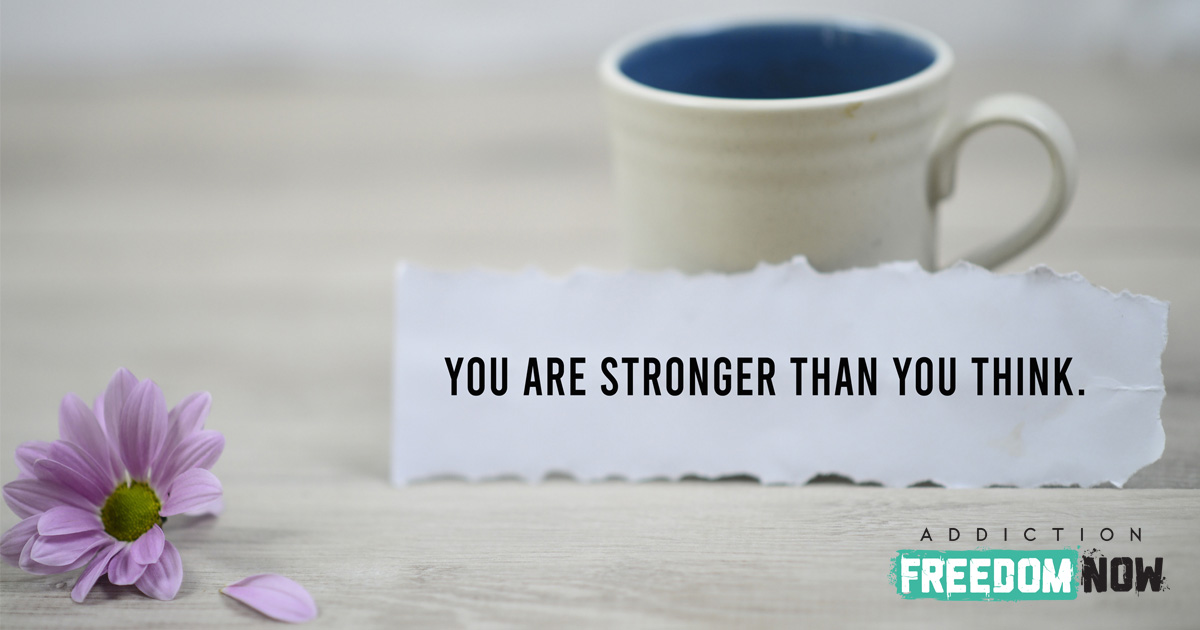
Recovery is a lifelong process. Mindfulness might just be the thing you need to take yours to the next level. We live in a busy world – job and family demands mesh with social obligations, commuting, and other tasks to create a packed schedule, even if it doesn’t always feel that way. In our rush to go through the motions, it can be easy to lose your connection to the moment. This is the basis of mindfulness – it helps us identify what we’re doing, how we feel, and the nuances of the world around us.
What Is Mindfulness?
Over 2500 years ago, Buddha extolled mindfulness as the path to spiritual enlightenment. At its core, mindfulness is essentially the act of living in the present. Over time and with discipline, it allows us to open our minds to a keener awareness, creating a sincere understanding of the self and the connection to the world around us.
In the modern world, the benefits of mindfulness have been well documented in medical literature, especially when it comes to stress reduction. A review of over 200 studies on mindfulness meditation found mindfulness exercises were beneficial for reducing stress and anxiety, treatment for depression, smoking, pain, and addiction, and even improving physical health (i.e. pain reduction, less fatigue, reduced perception of chronic pain). Other preliminary studies have found that mindfulness can have immune boosting benefits, helping individuals recover more quickly from cold or flu viruses.
Researchers believe mindfulness can rewire the brain in a positive way, which contributes to overall well-being. By cultivating a better self-awareness, we are better able to recognize and cope with unhealthy feelings or emotions. Incorporating mindfulness into recovery can be especially helpful for those who struggle with dependency to alcohol, opioids, or other substances.

Mindfulness Basics
The human brain is remarkable in that it is continually shaped by our experiences and practice. Just like our physical form – our muscles and cardiovascular systems, for example – the mind can get stronger through exercise. An individual with a substance use disorder engages with dysfunctional thought processes during the throes of an addiction. Mindfulness allows the opportunity to reshape thought processes intentionally and for the better. The outcome is greater control, better self-awareness, and enhanced happiness and self-efficacy.
One of the best things about mindfulness is that it doesn’t require any special equipment or even a particular belief system. Getting started only requires an openness to experience the world a different way. Here are three mindfulness practices for recovery to get you started.

Be Present
Many of us are guilty of going through the motions – we participate in activities without actually being there. For example, we may be talking with our kids about their day, while thinking about an impeding work deadline. Another common distraction lies in our phones and smart devices, our attention continually drawn to the urge to swipe or tap. This leads to a life on autopilot, going through life without actually living it. Mindfulness focuses on being present, consistently increasing self-awareness, and training ourselves to open our minds to the present moment.
Being present is an important exercise for recovery because many of those who struggle with a dependency with drugs or alcohol use substances as an escape from stress or anxiety. Practicing being present allows us to perceive life’s emotions as they are and develop coping mechanisms that support recovery.
How to do it: Being present requires you to pay attention to the ordinary – for example, how your foot feels as it strikes the pavement, how food tastes and feels as you eat it, and how your morning walk smells. Doing this regularly will take practice and may feel silly at first, but it is one of the simplest mindfulness exercises you can do. By simply noticing the world around us, we can better connect to the present moment.
Focus on Your Breathing
Our lives are full of stress triggers. Whether it is a paced daily schedule, work obligations, or even the news cycle, we can all experience the weight of everyday life. When we feel overwhelmed, it is easy to react in anger or turn to other negative coping mechanisms.
Focusing on our breathing is a simple way to combat these emotions. Rather than losing control over external factors, we focus on the things that we can control: our inhales and exhales. Rather than succumbing to a cycle of self-defeating thoughts, we take steps to actively take charge of our emotional health. Maintaining a sense of control is essential to keeping recovery on track.
How to do it: Throughout the day, carve out moments to focus on your breathing. It could be while waiting in line at the store or even when stuck in traffic. Inhale through your nose, exhale through your mouth, drawing your exhale out longer than your inhale. Take note of the sensations as you draw air in and expel it out, sustaining your life.

Practice Stillness
In the United States, we tend to wear busyness as a badge of honor. The more we multitask, the more successful we are. We reserve our admiration for those who can juggle their multiple responsibilities, seemingly with ease.
However, science supports the notion that we should be revering those to take the time to simply be. These are the individuals who better cope with stress and succeed in “managing it all.” It is in our still moments that we can engage in introspection, discover ourselves, and define the things that give us purpose and meaning. Mindfulness allows us the opportunity to define our role as a human being. In recovery, practicing stillness allows individuals to recognize their own potential and the positives that lie ahead.
How to do it: practicing stillness can occur through mediation, yoga practice, or even a religious service. Other examples include communing with nature – for example, watching the waves crash along the shore, taking in the night sky. You can practice stillness through hobbies such as painting, listening to music, or even shooting hoops in the driveway. No matter how you approach it, it should speak to your preferences, such that you look forward to your quiet place at the end of a long day. Practicing stillness should allow you to appreciate the world and sensations around you.
Finding Mindfulness in Recovery
Mindfulness is not something that comes naturally to all people. In fact, in our society marked by “busyness,” it will likely feel unnatural to most. Our responsibilities and technologies have led us to state where we are going through the motions of life rather than living it. Practicing mindfulness – simple exercises that promote living in the moment – can help us switch our mindset, take control of our emotions, and develop healthy coping mechanisms as a result.
Mindfulness exercises are a natural fit for recovery, since it is essential to be aware of emotional triggers that can present a danger for relapse. By taking a few moments out of each day to practice stillness, focus on breathing, and be present in the moment, you can experience enhanced control over your thoughts and emotions. Incorporate mindfulness into your recovery and enjoy peace of mind.




